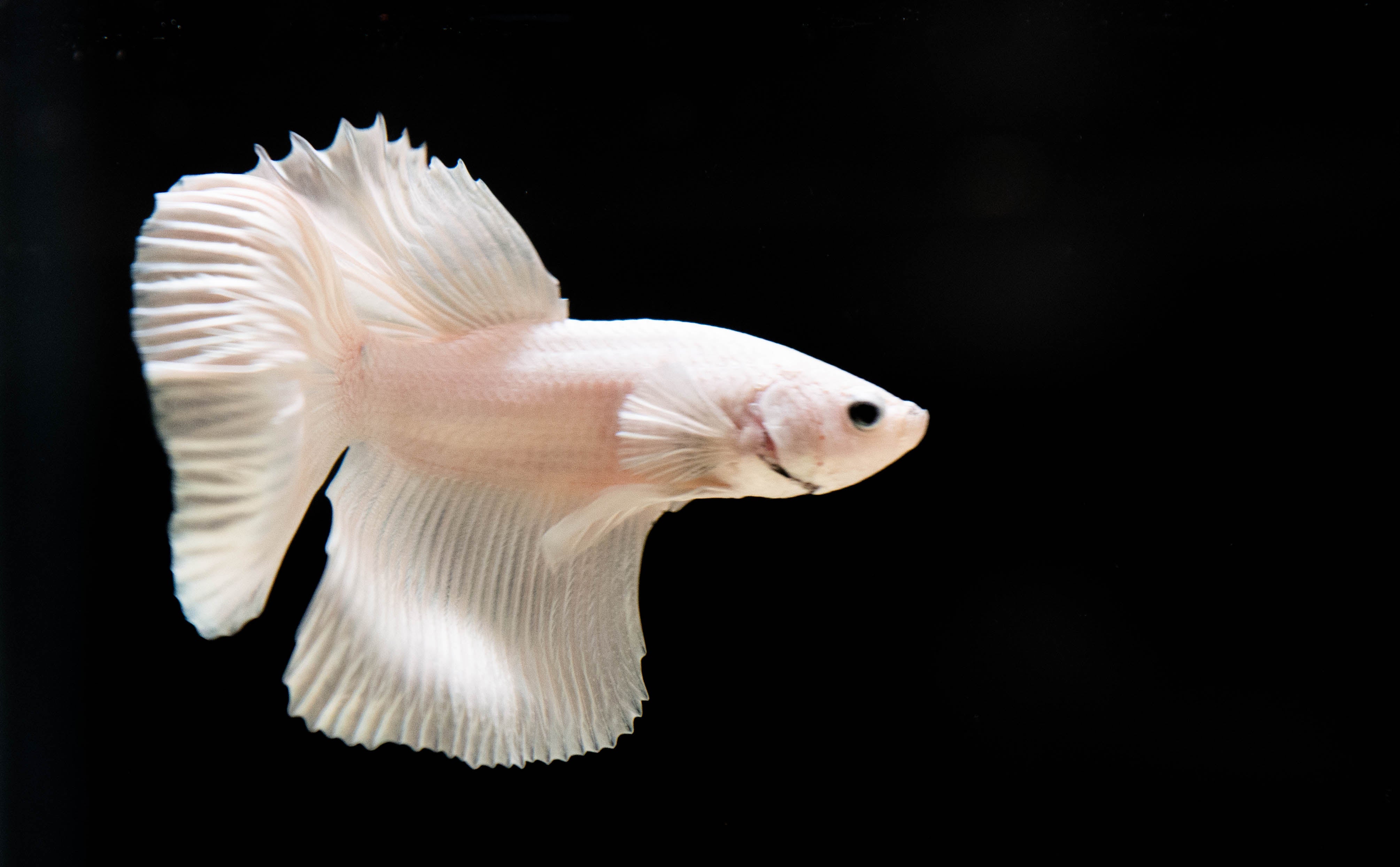Betta Fish Life Expectancy: Just How to Ensure Your Betta Lives Longer
Betta Fish Life Expectancy: Just How to Ensure Your Betta Lives Longer
Blog Article
Exactly How to Reproduce Betta Fish Effectively: Specialist Techniques and Insights for Hobbyists Looking to Expand Their Betta Collection
Reproducing Betta fish requires a nuanced understanding of genetics and environmental conditions, making it necessary for hobbyists to come close to the process with both persistance and care. Producing an optimal breeding setting, selecting the appropriate sets, and observing the complexities of their courtship behaviors are fundamental actions that can substantially influence the outcome. Moreover, the subsequent care of the fry is crucial for ensuring their healthy and balanced growth. As we discover these crucial elements, it comes to be clear that effective breeding is not just about the first pairing however includes a wider method that advantages careful factor to consider.
Recognizing Betta Fish Genetics
Understanding the genes of Betta fish is essential for successful breeding, as it influences traits such as shade, fin shape, and actions. Betta fish show a diverse array of colors and patterns, largely figured out by their hereditary makeup.
In enhancement to coloration, fin morphology is another substantial facet of Betta genetics (betta fish). The sizes and shape of fins are influenced by different genetics, including those that determine whether the fins are brief, long, or veil-shaped. Recognizing these genetic variations helps breeders forecast the phenotypic end results of their children
Moreover, behavioral traits such as aggressiveness and territoriality can additionally be affected by genetics. These habits play a vital role in the breeding process, as they can affect spawning success and the overall personality of the resulting fry. By adequately comprehending these hereditary concepts, breeders can make informed choices, ultimately boosting their breeding programs and attaining desirable outcomes.
Preparing the Breeding Environment
Producing an ideal breeding atmosphere is important for the successful recreation of Betta fish. The primary step in preparing this setting is to choose a proper reproduction tank, preferably ranging from 5 to 10 gallons. This size permits for enough swimming area and the establishment of territories. The storage tank should be furnished with a heater to preserve a secure temperature level between 78 ° F and 80 ° F, which is crucial for motivating spawning habits.
Next, take into consideration the usage of a sponge filter or an air stone to offer gentle water blood circulation without developing strong currents that can stress the fish. It is vital to mount plants or breeding cones to offer hiding spots and promote comfort for the woman during the spawning procedure. Drifting plants, such as Java moss or water sprite, can additionally create an extra native environment while assisting in bubble nest building by the male.
Before presenting More about the author the breeding pairs, guarantee the water is conditioned and devoid of harmful chemicals, such as chlorine or heavy metals. betta fish. Regular water changes should be conducted to maintain optimum water high quality, improving the possibilities of effective breeding. With these preparations in place, the breeding setting will certainly sustain the health and wellness and health of both Betta fish
Selecting Breeding Pairs
Selecting the appropriate reproduction sets is vital for accomplishing effective Betta fish recreation. Healthy and balanced Betta fish show lively colors, clear eyes, and energetic actions.
Personality is another vital consideration, as Betta fish are known for their hostile nature. It is recommended to pick a male and lady that display suitable characters to minimize anxiety during the reproducing procedure. A calm man can motivate a smoother courtship, while a lady that is too hostile may interrupt the procedure.
Genetic history likewise plays a significant function in the top quality of the children. Breeding fish that are genetically diverse can lower the danger of genetic health issues and boost the general vigor of the fry. It is helpful to look into the lineage of both the man and lady, concentrating on preferable traits such as fin type, shade patterns, and dimension.
The Breeding Process
The reproduction procedure of Betta fish requires look at this site cautious preparation and attention to detail to make certain a successful result. Originally, it is vital to prepare a suitable breeding container, preferably a 5-10 gallon fish tank with a temperature maintained at 78-80 ° F. The tank ought to be furnished with a heating system, filter (ideally sponge type to avoid strong currents), and plenty of water plants for the lady to conceal.
Once the environment is set, introduce the selected breeding pair to the tank, allowing them to adapt. Observe their habits; the man will certainly show fancy courtship rituals, including flaring his fins and building a bubble nest. If the female shows interest, she will certainly present upright red stripes suggesting preparedness for spawning.
When the lady is responsive, the pair will involve in a mating embrace, throughout which the male fertilizes the eggs. Maintaining optimum water conditions during this duration is vital for the development of healthy Betta fry.
Caring for Betta Fry

Feeding Betta fry is essential, as they need a diet regimen high in healthy protein. Initially, they can be fed infusoria or liquid fry food, transitioning to finely crushed top notch pellets as they expand. Feed tiny sections multiple times a day to encourage healthy growth without overwhelming the container with uneaten food.

As they grow, check their growth very closely and separate any kind of aggressive people to avoid harm. By giving a nurturing setting and appropriate nourishment, hobbyists can efficiently raise Betta fry right into vibrant, healthy fish, inevitably enhancing their reproduction endeavors.
Final Thought
Successful Betta fish breeding needs careful best site focus to hereditary selection, environmental problems, and treatment for the fry. By recognizing the genes of Betta fish and preparing an appropriate breeding environment, hobbyists can improve the possibilities of creating lively, healthy and balanced spawn.
Report this page